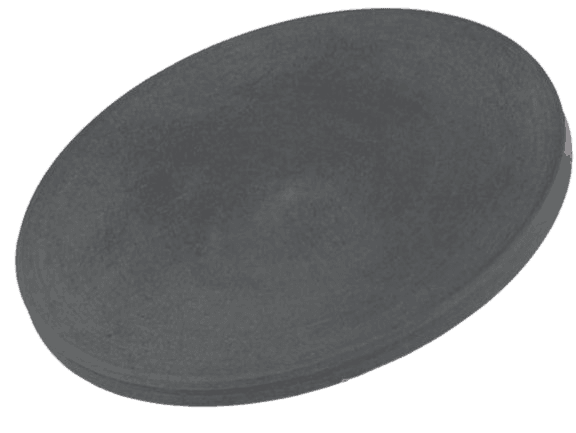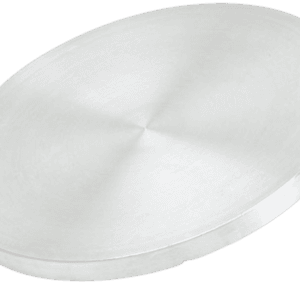Target Bonding of Silver Sulfide Sputtering Target
Specialized bonding services for Silver Sulfide (Ag2S) Sputtering Targets, including indium and elastomeric bonding techniques, enhance performance and durability. Thin Film Materials (TFM) ensures high-quality solutions that meet industry standards and customer needs.
We also offer custom machining of backing plates, which is essential for sputtering target assembly. This comprehensive approach improves target design flexibility and performance in thin film deposition. Our channels provide detailed information about bonding materials, methods, and services, helping clients make informed decisions.

Specification of Silver Sulfide Sputtering Target
| Material Type | Silver Sulfide |
| Symbol | Ag2S |
| Color/Appearance | Dark grey to black, Solid |
| Melting Point | 825°C |
| Sputter | RF, RF-R, DC |
| Type of Bond | Indium, Elastomer |
Description of Silver Sulfide Sputtering Target

Silver, also known as argentum, is a chemical element with the symbol “Ag” and an atomic number of 47. The name “silver” originates from the Anglo-Saxon word ‘siolfur,’ and ‘argentum’ is the Latin term. Silver has been used since before 5000 BC. It is located in Period 5 and Group 11 of the periodic table, belonging to the d-block elements. Its relative atomic mass is approximately 107.8682 Daltons, with the number in parentheses indicating a margin of uncertainty.
Silver is a soft, white, lustrous transition metal with the highest electrical conductivity, thermal conductivity, and reflectivity of any metal. Silver sputtering targets are used for decorative coatings and antibiotic coatings in medical devices.
Related Product: Silver Sputtering Target
 Sulfur, also known as sulphur, is a chemical element with the symbol “S” and an atomic number of 16. The name “sulfur” originates either from the Sanskrit word ‘sulvere’ or the Latin word ‘sulfurium,’ both referring to sulfur. Sulfur has been used since before 2000 BC and was discovered by ancient Chinese and Indian civilizations. It is located in Period 3 and Group 16 of the periodic table, belonging to the p-block elements. The relative atomic mass of sulfur is approximately 32.065 Daltons, with the number in parentheses indicating a margin of uncertainty.
Sulfur, also known as sulphur, is a chemical element with the symbol “S” and an atomic number of 16. The name “sulfur” originates either from the Sanskrit word ‘sulvere’ or the Latin word ‘sulfurium,’ both referring to sulfur. Sulfur has been used since before 2000 BC and was discovered by ancient Chinese and Indian civilizations. It is located in Period 3 and Group 16 of the periodic table, belonging to the p-block elements. The relative atomic mass of sulfur is approximately 32.065 Daltons, with the number in parentheses indicating a margin of uncertainty.
Manufacturing Process
- Manufacturing
- Cold Pressing: The initial form of the sputtering target is created by cold pressing high-purity material into the desired shape and size.
- Sintering: The pressed material is then sintered at high temperatures to increase its density and strength.
- Elastomer Bonding: The sintered target is elastomer bonded to a backing plate to ensure stability and durability during use.
- Cleaning and Final Packaging
- Cleaning: The targets are meticulously cleaned to be suitable for use in vacuum environments, ensuring no contaminants affect their performance.
- Protection from Environmental Contaminants: Measures are taken to protect the targets from environmental contaminants that could compromise their quality.
- Protection During Shipment: The targets are carefully packaged to prevent any damage during transportation, ensuring they arrive in perfect condition for use.
Packing
Our Silver Sulfide Sputtering Target is clearly tagged and labeled externally to ensure efficient identification and quality control. Great care is taken to prevent any damage that might occur during storage or transportation, ensuring the product arrives in perfect condition.





Reviews
There are no reviews yet.